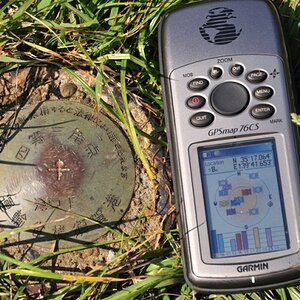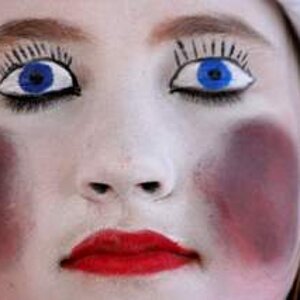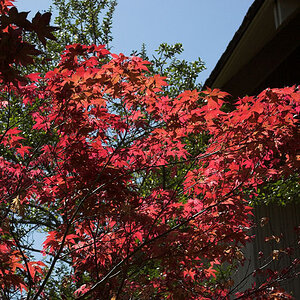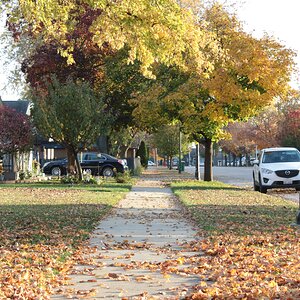Alex_B
No longer a newbie, moving up!
- Joined
- Aug 30, 2006
- Messages
- 14,491
- Reaction score
- 206
- Location
- Europe 67.51°N
- Can others edit my Photos
- Photos NOT OK to edit
But I believe Fred is a fan of extreme wideness.
I guess he is! and so am I
It seems surprising that really wide wide-angles are being neglected in this way. For example there's no 10mm lens (other than fisheyes) to equate to the 15mm primes you can get for 35mm film/sensors.
well, maybe this is because wide angle is a problem with sensor design ... light hitting the sensor at a very shallow angle is not really all that easy to deal with ....



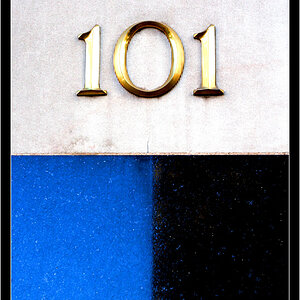
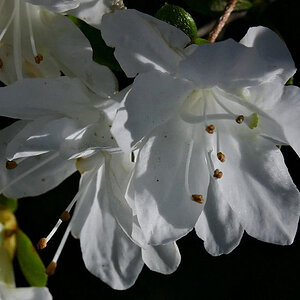
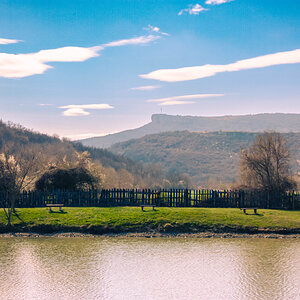
![[No title]](/data/xfmg/thumbnail/33/33876-69ae4c2723e06d63117dc3b1b6629647.jpg?1619736182)
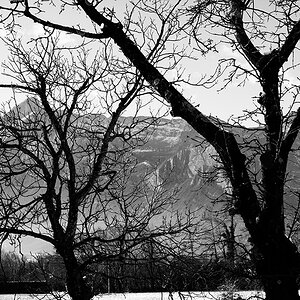
![[No title]](/data/xfmg/thumbnail/37/37117-26c892e756b53ed0359fa90b7ebd99c9.jpg?1619737883)
![[No title]](/data/xfmg/thumbnail/32/32632-476f3d925401f13cffe1cc2b41945614.jpg?1619735553)
